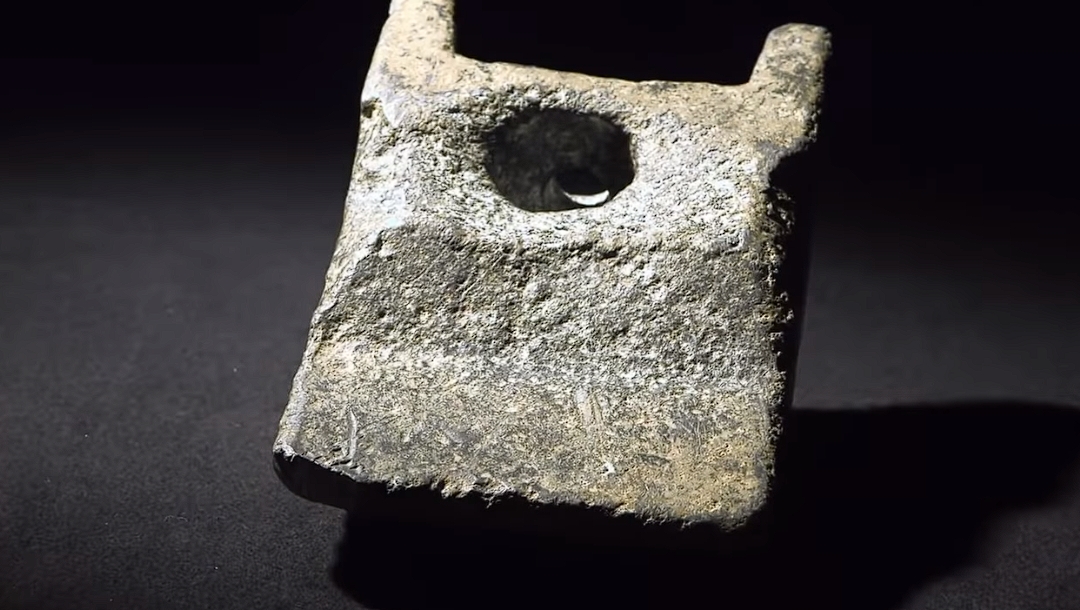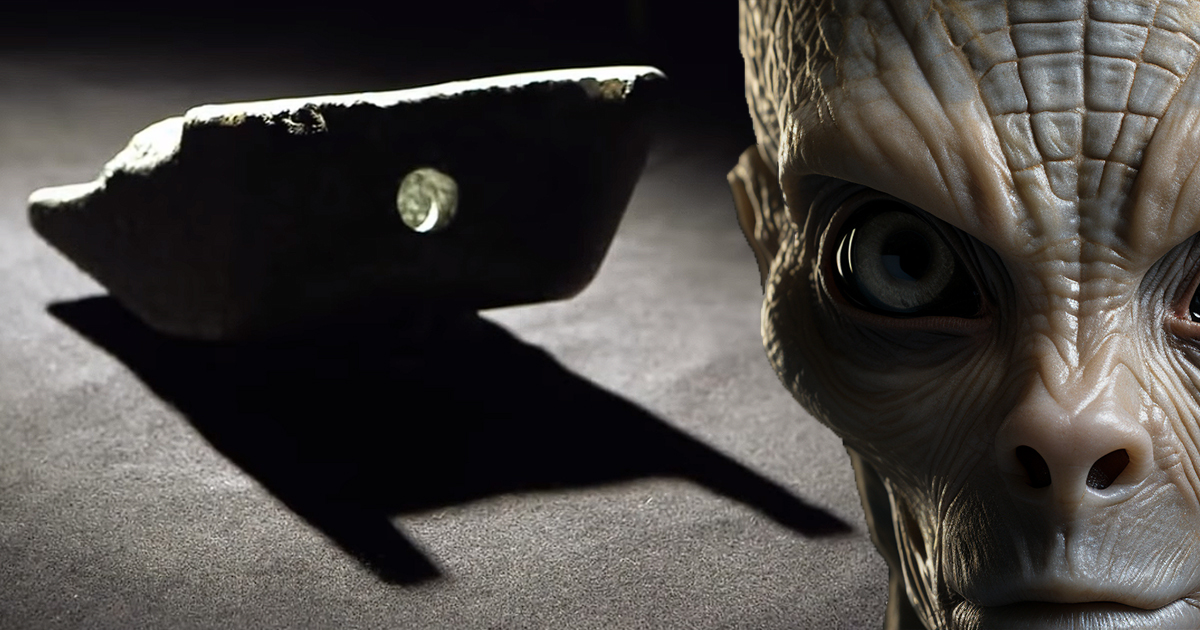An Insight into the Past
Embarking on a journey through history and archaeology often leads us to unearth discoveries capable of reshaping our perceptions of ancient eras, ushering in fresh viewpoints and concepts. Within the realm of enigmas dwells the Aiud Wedge, a perplexing artifact discovered in Romania amidst the vestiges of bygone civilizations. Join us on a unique quest as we delve into the captivating tale surrounding this wedge-shaped item and the intriguing hypotheses it has evoked, ranging from encounters with extraterrestrial beings to sophisticated ancient societies.
Exploring Ancient Treasures
In the year 1974, within the serene village of Aiud in Romania, adjacent to the tranquil River Mures, a team of laborers chanced upon a remarkable assortment of ancient marvels. Delving beneath 30 feet of sand, three objects emerged, defying comprehension and altering historical boundaries indefinitely.

While two items eventually proved to be mastodon bones dating back around 11,000 years, it was the third object—a uniquely shaped wedge—that seized the attention of spectators. This wedge set in motion a sequence of events that puzzled scholars and experts for decades to come.
The Enigmatic Alloy
Upon scrutiny, the mysterious wedge unveiled a baffling composition. Comprised of 89% aluminum, 6% copper, and a combination of 12 different elements, this artifact was fashioned from a material significantly ahead of its time. Herein lies the conundrum: aluminum, a metal commonly utilized in modern times, was only unearthed in 1829, challenging established chronologies of human metallurgical advancements.
Inquiries emerge. How could an object, interred alongside ancient mastodon remnants, be crafted from materials inaccessible to ancient societies? The enigmatic essence of the Aiud Wedge paves the way for conjecture and disrupts conventional narratives.
Ancient Visitors Versus Sophisticated Civilizations
The distinguishing characteristics of the Aiud Wedge have ignited a plethora of theories, each more enthralling than the last. Certain unconventional thinkers posit that this artifact might hail from extraterrestrial origins, representing a vestige from a cryptic civilization far surpassing our comprehension. Could it be plausible that the wedge serves as evidence of ancient aliens exploring our planet, leaving remnants of their presence as early as 11,000 B.C.?
An aeronautical engineer who meticulously examined the wedge propounded a daring notion: it could potentially be a component of a landing gear from an ancient vertical take-off and landing aircraft. This daring interpretation raises compelling questions about the accomplishments of ancient cultures and the extent of their technological prowess.
Visual Presentation:
Concluding Thoughts
The Aiud Wedge endures as a symbol of the ever-evolving comprehension of history. Its unearthing impels us to reevaluate our convictions regarding the capabilities of ancient civilizations and inspires the exploration of uncharted historical realms. As this wedge-shaped object remains shrouded in perplexity, we are prompted to ponder: does it signify an extraordinary relic from an advanced society, or does it provide evidence of extraterrestrial entities traversing our world millennia ago?
In essence, the Aiud Wedge conundrum serves as a poignant reminder that history’s enigmas await revelation, with the most extraordinary interpretations occasionally concealed just beneath the surface, beckoning daring adventurers to unveil their veracities.
